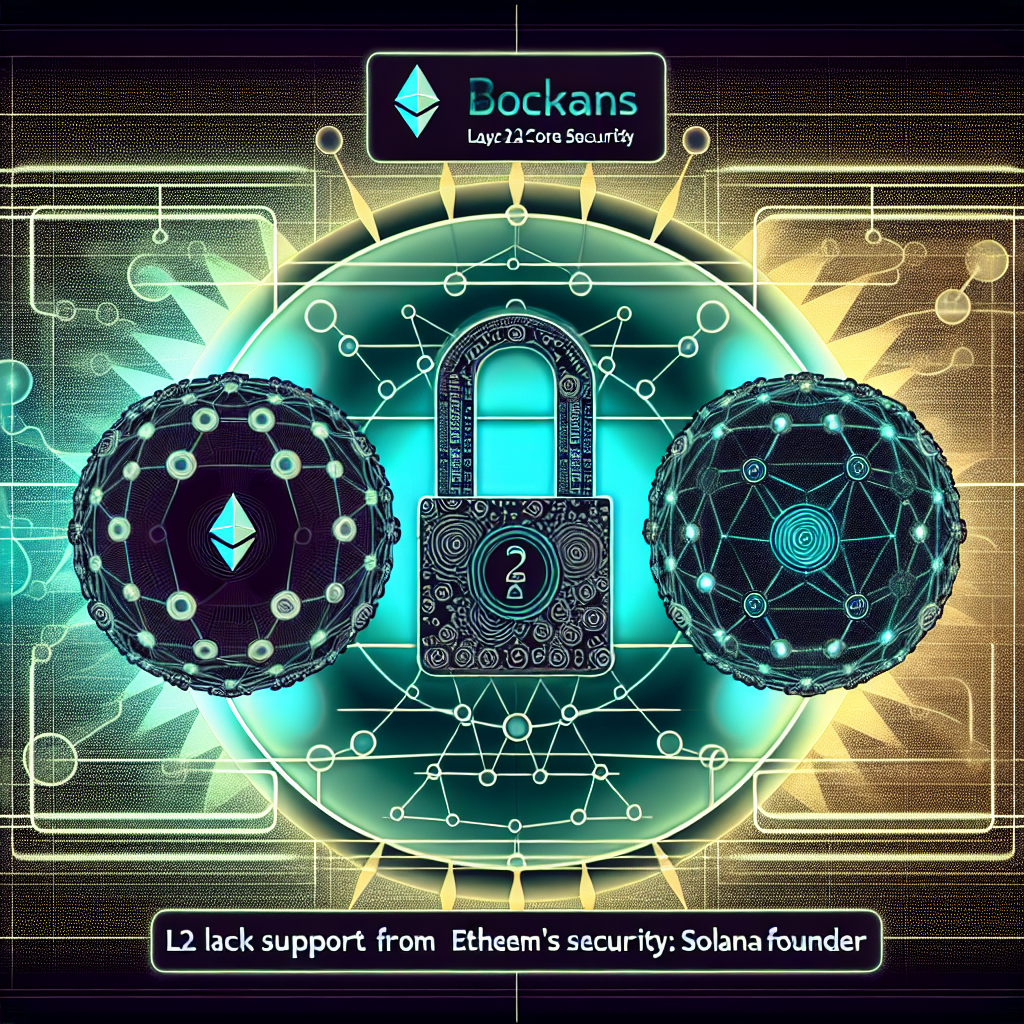Solana co-founder Anatoly Yakovenko expressed skepticism regarding the decentralization and security of Ethereum’s layer-2 (L2) scaling networks during an intense debate on Sunday.
Layer-2 scaling networks present a significant attack surface and feature code bases so extensive that thorough auditing for software bugs is nearly impossible. Moreover, user funds can be transferred from L2s, which depend on multisignature custody, without user consent, as Yakovenko noted.
‘The assertion that layer-2s inherit ETH security is misleading,’ Yakovenko stated during the discussion. He contended:
“Five years into the L2 roadmap, wormhole ETH on Solana faces the same worst-case risks as ETH on base and generates comparable revenue for ETH L1 stakers. It’s incorrect regardless of how you analyze it.”
The discourse surrounding Ethereum’s layer-2 scaling networks persists as developers, investors, and industry leaders deliberate whether these networks are advantageous or detrimental to the Ethereum layer-1 blockchain.
Related: Ethereum layer 2s outperform crypto relief rally after $19B crash
Are there too many Ethereum layer-2 networks?
Currently, there are 129 verified Ethereum layer-2 networks according to L2Beat, alongside 29 scaling networks pending review.
The blockchain sector has roughly ten times more L2s than necessary, according to
Adrian Brink, co-founder of Anoma, a layer-1 blockchain protocol.
However, Igor Mandrigin, co-founder of Web3 and blockchain infrastructure provider Gateway.fm, argued that there can never be too many L2s.
The surge of L2 networks is a positive indicator for Ethereum, representing growth and increased diversity within the ecosystem, Mandrigin stated.
Anurag Arjun, co-founder of Avail, a unified chain abstraction solution and the Polygon layer-2 network, agrees, telling Cointelegraph that each Ethereum L2 acts as a high-throughput blockchain, providing Ethereum with various high-throughput options.
Nonetheless, according to Binance Research, the rise of these layer-2 networks is siphoning revenue from the Ethereum base layer.
These networks are fragmenting liquidity and diminishing revenue on the base layer due to their comparatively low transaction fees relative to the layer-1 blockchain, the researchers noted.
Magazine: Back to Ethereum: How Synthetix, Ronin, and Celo saw the light

